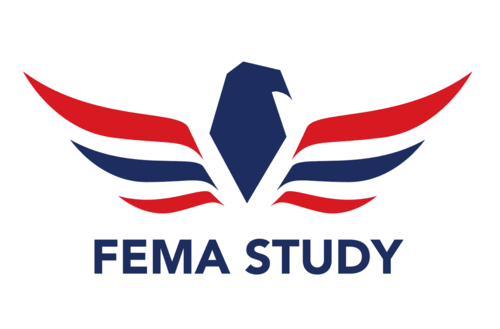IS-303: Radiological Accident Assessment Concepts
IS-303: Radiological Accident Assessment Concepts
This study guide includes all correct answers for IS-303: Radiological Accident Assessment Concepts.
Course Overview
In this course you will learn how to assess the off-site radiological consequences to the public following a release of radioactivity from nuclear power reactors and non-reactor incidents and how to use this assessment as a basis for recommending protective actions to decision makers.
Course Objectives:
- Describe the source and magnitude of the threat to the public from a nuclear power plant incident.
- Describe preventive and protective measures which may be implemented to protect the public and emergency workers during a nuclear incident, and use the Federal guidance to determine when each of these measures is necessary or appropriate.
- Describe the relationship of dose and dose pathway to the Environmental Protection Agency (EPA) protective action guides (PAGs), early injuries, and early deaths.
- Locate the appropriate protective action guide using the EPA Manual of Protective Action Guides and Protective Actions for Nuclear Incidents, EPA 400-R-92-001 and the FDA Accidental Radioactive Contamination of Human Food and Animal Feeds: Recommendations for State and Local Agencies, August 13, 1998.
- Describe the guidelines and recommendations associated with using potassium iodide as a supplemental public protective action.
- Describe suggested protective actions for milk, fruits and vegetables, meat and meat products, poultry and poultry products, soils, grains, and water.
- Explain the appropriate techniques, procedures, and available Federal agency capabilities and resources to gather and assess data during and after a nuclear or radiological incident.
- Convert from International System of Units (SI) to customary units and customary units to SI using a hand calculator.
- Utilize mathematical equations to calculate dose conversion factors (DCFs).
Prerequisites: None
CEUs: 1.6
For more information regarding this course please visit https://training.fema.gov/is/courseoverview

